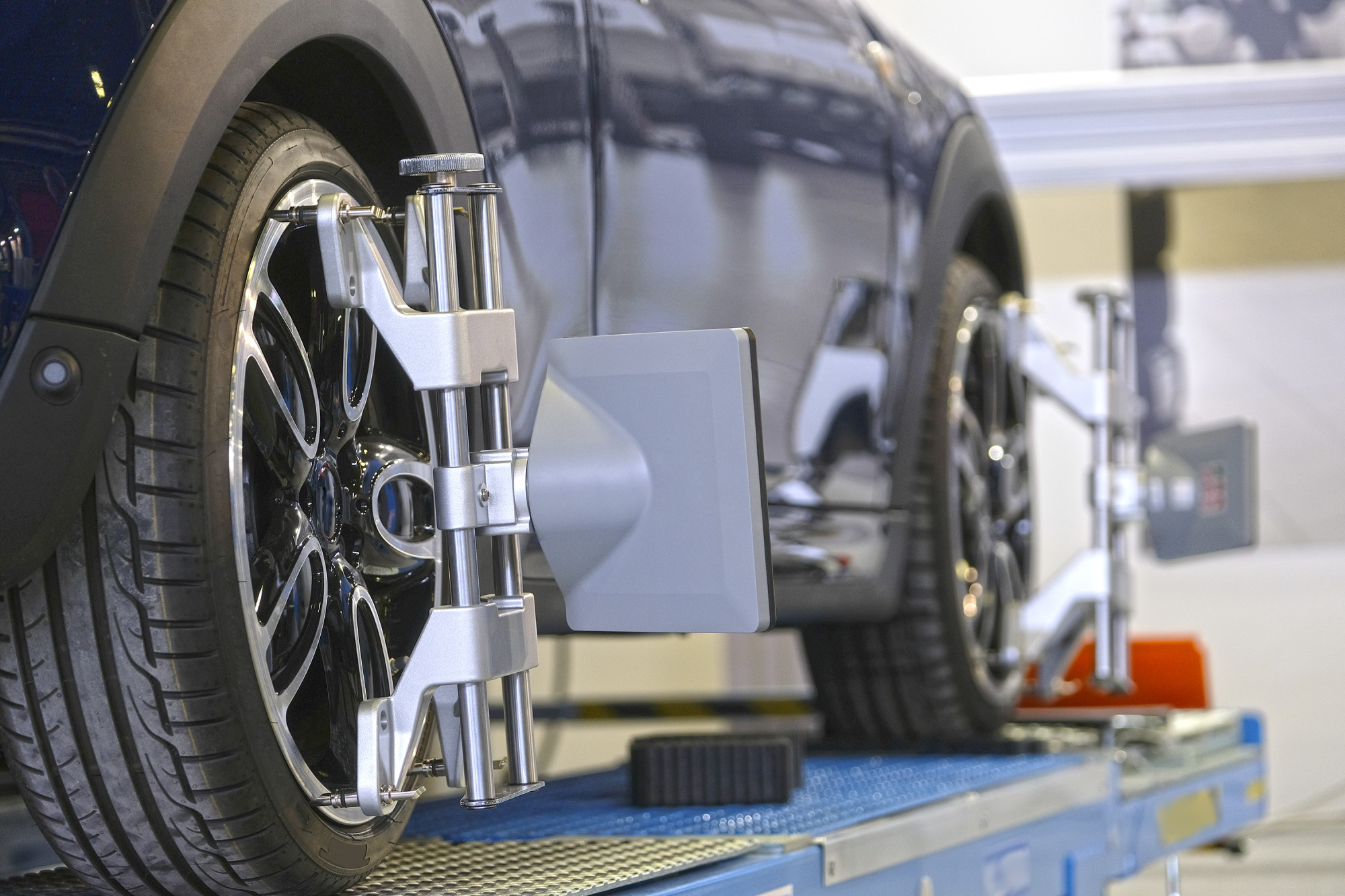Does your car pull in a particular direction when you’re trying to drive straight? Is your steering wheel vibrating? When driving straight, is your wheel not straight?
Congratulations, your vehicle needs an alignment. It’s time to bring your car into a professional so they can adjust the caster, camber, and toe.
Keep reading to learn what these adjustments are and how they affect your car’s handling.
Caster, Camber, and Toe: What Are They?
When you get your vehicle tires aligned, do you know what they’re doing? They adjust the caster, camber, and toe to ensure your vehicle delivers the ideal handling performance.
Caster
When you look at a caster wheel, the hardware is straight up and down. On your car, this center of gravity can get shifted forward or back. A positive caster means that the steering pivoting point is thrust forward.
Doing this will increase the stability of your car when driving at high speeds. It will also increase your lean when cornering, which can make steering more challenging.
Camber
This is the most commonly discussed wheel adjustment, as it refers to the angle of the tire. A zero degree of camber means that the tire is perfectly perpendicular to the road.
Positive camber means that the top of the tire leans away from the car. Negative camber has the top of the tire tilting towards the vehicle. Doing either of these has one side of the tire making more contact with the road.
While most people want a negative camber because of its looks, it can also improve handling. Inward tire lean will create more contact with the road through turns, which will allow for more aggressive driving.
One word of caution about negative camber, when the tires lean in towards each other, they need the other tire’s force pushing back on it. When one tire loses contact with the road, the resistant force goes away, and your vehicle will thrust the direction of the tractionless wheel.
Toe
The direction that your tires point is referred to as the toe. Think of it similar to the term “pigeon-toed” that refers to people whose toes point inward. A similar thing happens with your car’s tires; they can point inward or outward.
Having the right toe adjustment will ensure even tread wear on your tires. This extends the life of your tire. Sometimes, people consider the sacrificed tread life acceptable for increased stability and performance.
A positive toe means that your tires point towards each other. Doing this has your tires apply force against each other. It’ll improve performance on straightaways but reduce your turning ability.
Negative tow has the tires pointing away from each other. This increases your cornering abilities and makes your turning radius smaller.
Is Your Car Properly Aligned?
Do you find that your vehicle isn’t living up to your expectations when it comes to handling? Maybe you want to drive more aggressively than your car will allow.
Adjusting the caster, camber, and toe will allow you to create a custom driving experience. Just remember, tiny adjustments can have significant effects.
Check out the automobile maintenance section of our blog for more advice on taking care of your vehicle.

